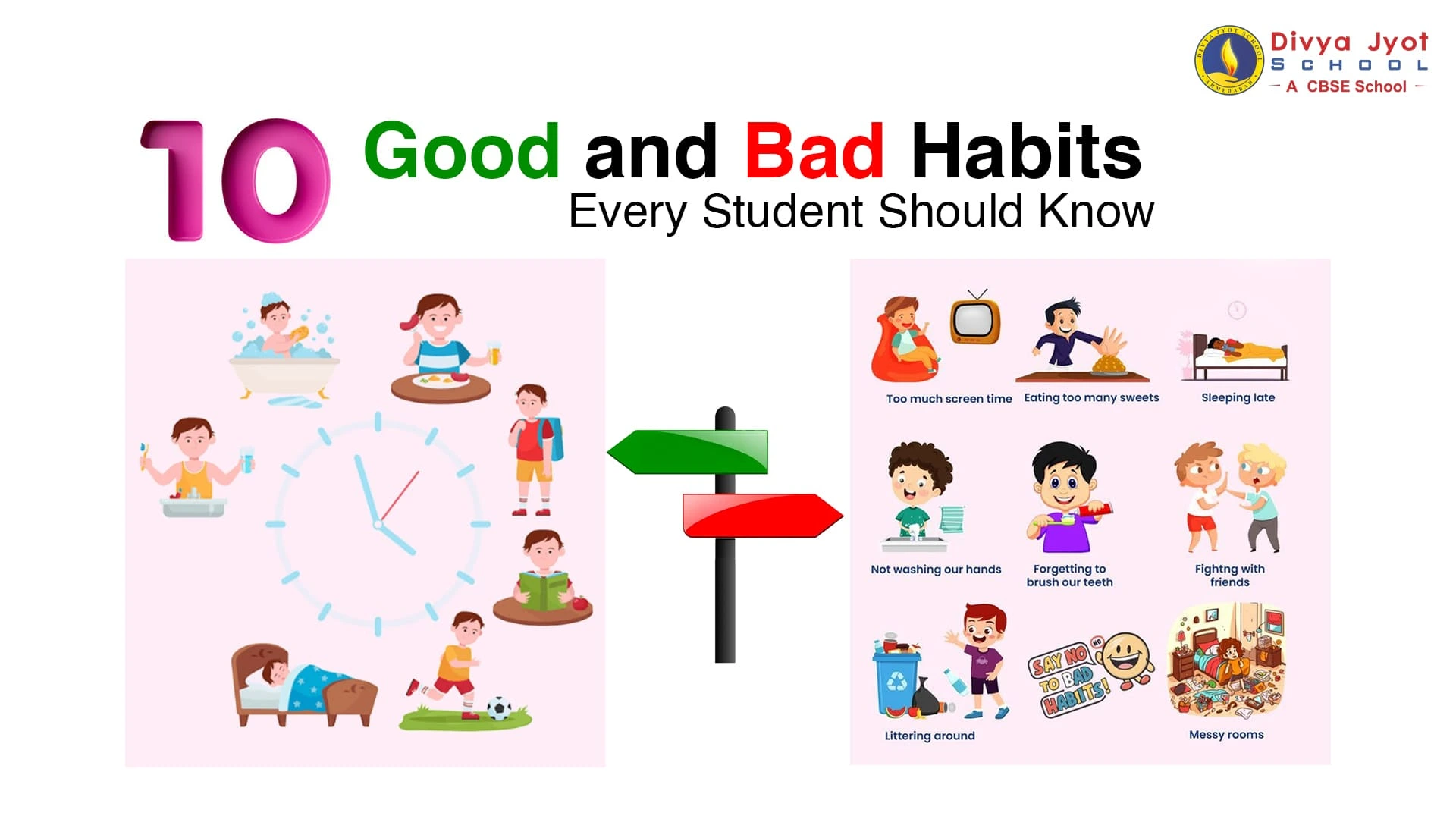Childhood is a crucial time for developing eating habits that influence health throughout life. These habits play an important role in a child’s growth and can help prevent obesity and chronic diseases later on.
Recent research shows that healthy eating isn’t just about the foods children eat but also about how mealtime is approached. The way parents and caregivers handle feeding helps shape children’s lifelong relationship with food.
Encouraging positive eating behaviors early on lays the foundation for lasting health and well-being.
Smart Food Choices for Healthy Growth
Helping children develop healthy eating habits starts with offering nutrient-rich foods from all the right groups. Here is a quick guide to help you make well-rounded decisions that promote your child’s development and well-being:
Protein: Include lean meats, seafood, beans, peas, eggs, chicken, soy products, and unsalted nuts and seeds. These provide essential elements for growth and life.
Fruits: Offer a colorful variety of fresh, canned, frozen, or dried fruits. When choosing canned fruit, pick options labeled “light” or packed in their own juice to avoid added sugars. Remember, a small portion of dried fruit counts as a serving.
Vegetables: Serve a range of fresh, frozen, tinned, and dried vegetables. Include peas and beans regularly, along with vibrant veggies for variety. Look for low-sodium options when selecting canned or frozen produce.
Grains: Select whole grains such as brown or wild rice, popcorn, quinoa, oats, pasta, and whole-wheat bread. Whole grains include fiber and essential nutrients that help kids stay active.
Dairy: Promote dairy products like milk, yogurt, and cheese that are low in fat or fat-free. Fortified soy beverages are also great dairy alternatives that provide calcium and vitamin D.
Limit Added Sugars and Unhealthy Fats
Reducing added sugars and saturated fats is just as important. Added sugars — like brown sugar, corn syrup, and honey — add unnecessary calories without nutrition. Pay close attention to labels, particularly those for drinks and cereals. Steer clear of soda and only consume fruit juice that is 100% pure and sugar-free.
Animal products and processed foods like pizza, burgers, and sweets are the main sources of saturated fats. Swap these fats with healthier options like vegetable and nut oils, which provide essential nutrients like vitamin E.
Watch Salt Intake
Most kids consume too much salt (sodium), often hidden in processed foods, breads, and snacks. When shopping, choose low-sodium items and promote fresh fruits and vegetables over salty chips or pastries.
Helping Kids Build Healthy Eating Habits: Simple Tips for Parents
1. Eat Together Whenever You Can
Kids do well with routines. Sitting down for meals as a family gives everyone a chance to connect, and it helps kids learn about healthy portions and manners. Try to keep mealtimes regular and not too long — about 20 to 30 minutes is just right.
2. Make Water the Go-To Drink
For children to be hydrated and attentive, water is ideal. Sometimes they might think they’re hungry when they’re really thirsty, so encourage water before snacks, especially after school or activities.
3. Don’t Skip Breakfast
Breakfast gives your child the energy they need to focus and grow. It doesn’t have to be fancy — a slice of whole-wheat toast with peanut butter or some yogurt with fruit can do the trick.
4. Get Kids Involved in Cooking
Children love to help! Let them pick which veggies to have, wash fruits, or stir ingredients. This makes mealtime fun and can encourage them to try what they helped make.
5. Teach Mindful Eating
Encourage kids to slow down and notice how their food tastes and feels. This helps them enjoy their meal and recognize when they’re full.
6. Be Patient with Picky Eaters
Don’t worry if your child refuses to try new meals. Keep offering different options, and let them try small bites. Sometimes it takes many tries before a new taste feels familiar and liked. Avoid making separate meals — stick to what you’re serving and gently encourage trying new things.
7. Keep Snacks Healthy and Mindful
Snacking is normal, but it shouldn’t be just because of boredom. Pick nutritious snacks and help kids enjoy food as fuel, not just a way to fill time.
8. Forget Forcing Them to Finish Everything
Kids are pretty good at knowing when they’re full. Don’t push them to clean their plates just to get dessert — that can lead to overeating later.
9. Make Small Swaps for Healthier Choices
You don’t have to be perfect. If you’re eating out or indulging, look for simple swaps — swap fries for apple slices or soda for milk. It’s about balance, not perfection.
10. Teach Them to Read Food Labels
Turn shopping into a little learning adventure. Show your kids how to check labels and understand what’s in their food — sugar, fat, and carbs — in a way that makes sense for their age.
11. Avoid “Forbidden Foods”
Making certain foods off-limits can make kids want them more. Instead, offer treats in moderation and show healthy ways to enjoy them, like sharing a small ice cream or choosing frozen yogurt.
Conclusion
Establishing good dietary habits early in life paves the way for long-term health. It’s less about strict rules and more about balance, patience, and making food a positive part of everyday life. When kids feel involved, understand their hunger, and enjoy a variety of foods, they’re better equipped to make smart choices on their own. Ultimately, it’s these simple, consistent steps that help children grow strong and healthy, both now and in the years ahead.





